Learning Around the World with Virtual Reality
Technology has become an integral part of education and the developments in the world of Virtual Reality have provided us with new and exciting ways to capture our students’ attention.

VR is allowing for new innovation in many areas and education is finding interesting ways to teach and learn. From virtual chemistry labs to virtual field trips, students can explore past, present and future in a way previously not thought possible. As we learn how to use and improve this technology, the possible applications for VR are endless.
One of the most fascinating ways to use VR in education is by using Google Earth VR. With this new tool we can travel and experience the beauty of the world firsthand without having to leave the classroom. This can be a valuable tool for students who are not able to travel.
Everyday we are learning new ways to utilize technology in education and Virtual Reality is the latest frontier. It will be exciting to see how VR develops as schools learn how they can reach more students in new ways.
Thanks for reading! If you like what you read (or don’t like what you read) let me know! @PatrickWCrowell
Out of Eden Walk
The Out of Eden Walk is an inspiring journey taken by journalist Paul Salopek in order to trace the path of human history. A massive undertaking, Paul walked more than 24,000 miles over a decade, following the trail of human settlements around the world.

One of the main sections that I found interesting was the walk through the ‘Holy Lands.’ I choose this area because this is an area that many of us do not understand. Salopek points out, “Not an inch of this antique vista hasn’t been fought over, cursed, blessed, claimed for one divinity or another. It is a land worn smooth like a coin traded through countless fingers.” Although, a relatively small area, the three dominant monotheistic religions of our world see their origins here. We think of this place as ancient and historical, but in the “Trail Notes: Mound Cultures’ post, we see that the country is littered with piles of construction material. A step in the direction of future building, development, and modernization.
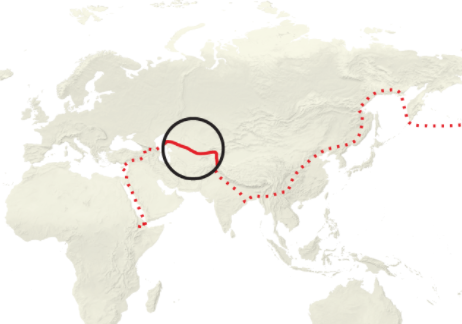
The next area of the ‘Out of Eden Walk’ that I wanted to blog about was the section on the ‘Silk Road.’ Central Asia is yet another area of the world that we do not focus on enough. The expansive grass steppes of Kazakhstan is widely acknowledged as the birthplace for horse domestication. There have been remains found suggesting horse domestication could have begun as long as 5,500 years ago. However, today the horse is no longer a part of everyday life. Sadly, as technology and urbanization have increased, most Kazakh people have no connection with horses anymore.
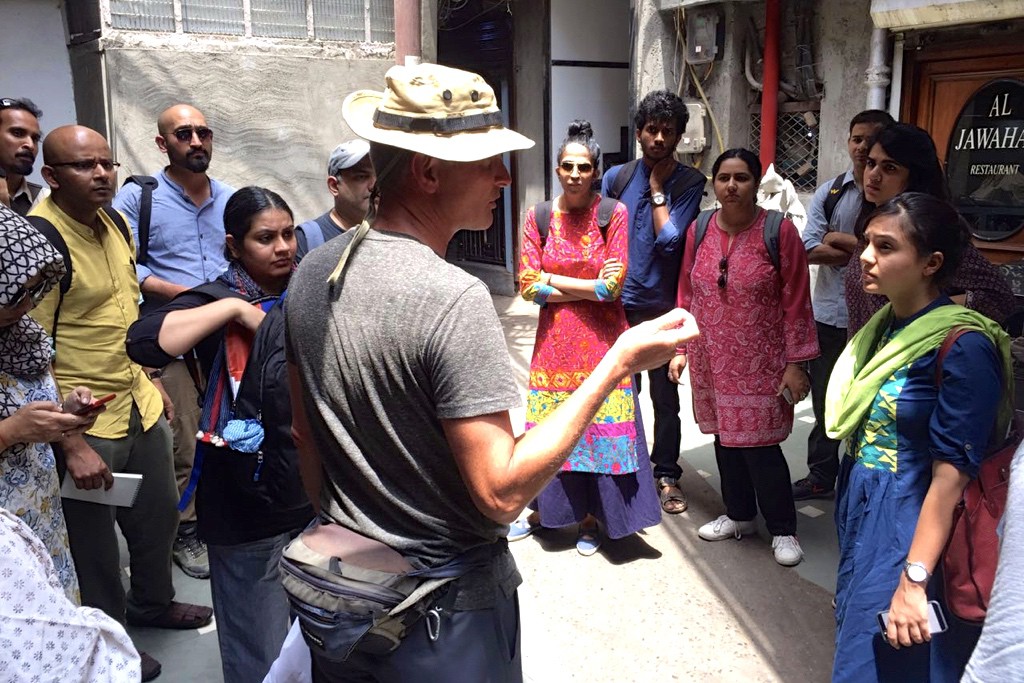
The final section that I wanted to discuss was contained within the “Riverlands” chapter. While in India, Paul held a four day workshop to teach slow journalism. Shikha Sharma, a local magazine editor, summed up the goal perfectly, “In the deadline-chasing media world of today, this workshop made me realize just what in-depth, honest, literary journalism can bring to the table.” This workshop focused on deeper analysis that produced social significant work. These young journalists have been empowered with the skills they need to find the truth and exposes the corruption and inequality that exists around them.
All in all, this was an interesting dive into a project that we can learn a lot from. Paul Salopek’s journey can teach us about the social and ecological issues that face real people around the world. There is more to learn from this project than can be summarized in a blog post and I hope you check it out.
Thanks for reading! If you like what you read (or don’t like what you read) let me know! @PatrickWCrowell
Teaching Service through WE Schools
For this week’s blog, I checked out the WE.org website and did some investigating of the WE Schools Foundational Module. This is an approach to education that emphasizes service learning and teaches students how to make positive changes in the world around them.
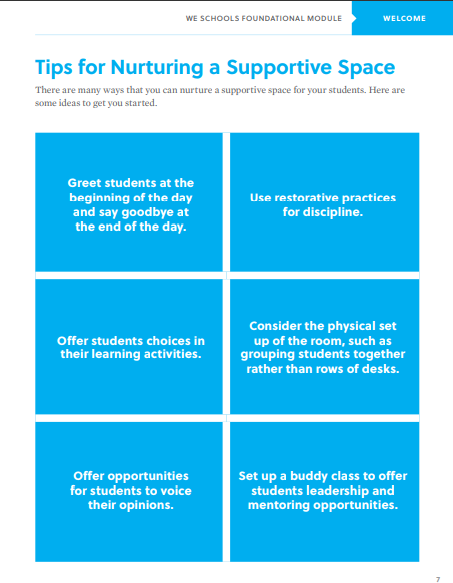
One of the most important aspects of education is creating an atmosphere that allows students to succeed. Our students will not grow as much as they should if they feel unsafe or uncomfortable when they are trying to learn. We need to eliminate negative distractions and let our students know that we value them and their well-being.
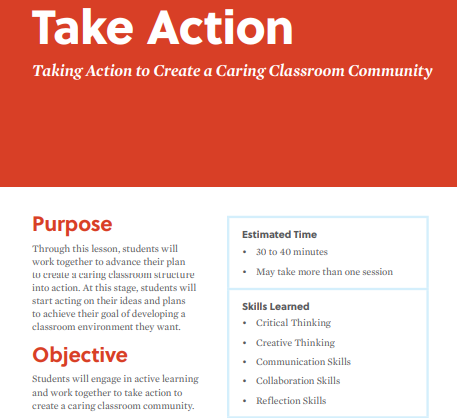
There are 5 separate lessons that we can use as a starting point. These lessons can be applied to any number of issues but all include the concept of service and collaboration. When we include our students in the direction of the classroom we can see increased engagement and teach responsibility.
Thanks for reading! If you like what you read (or don’t like what you read) let me know! @PatrickWCrowell
Reading Comprehension Strategies
For this week’s blog, I chose a Hyperdoc that provides a variety of tools to help with reading comprehension. Reading comprehension skills are vital to a student’s success in all areas of education. All students do not learn the same way, and we need to provide our students with different ways to learn.

Teachers are always looking for new and improved ways to reach there students. In a new world of virtual learning we need to provide our students with interactive lessons that will allow each individual to learn in a way that is effective for them. The Hyperdoc that I found has a series of exercises that approach reading comprehension from different angles.

The importance of reading comprehension skills cannot be stressed enough. However, with Hyperdocs and modern technology, we are able to create lessons that capture the attention of young students and allow them to learn. Technology needs to be integrated into our lesson plans and there continue to be new resources shared online.
Thanks for reading! If you like what you read (or don’t like what you read) let me know! @PatrickWCrowell
Chichén Itzá
It can be difficult to travel internationally, particularly in a world still dealing with a pandemic. However, through Virtual Field Trips we are able to experience the world in new ways.

Chichén Itzá has an interesting history and was inhabited by multiple civilizations over the past 3000 years. There have been settlements that were mysteriously abandoned and we are still learning new information about these people and their lives.

In addition to the ancient buildings, there are also amazing natural features. There are massive rainforests surrounding the site. There are also interesting sinkhole features called “cenotes.” These cenotes were created by collapsing caves but created access to water for drinking and agricultures. One large sinkhole, named the “Sacred Cenote,” was used as a ceremonial location in among indigenous cultures.

All in all, it was interesting to take a trip without going anywhere. Virtual Field trips allow us to experience the world in a new and interesting way.
Thanks for reading! If you like what you read (or don’t like what you read) let me know! @PatrickWCrowell
Wind in the Face
For this week’s blog post, I chose to watch the Russian TV Show “Wind in the Face.” It follows a Russian girl who has to recover from her Grandfather’s death and wade through manipulation of her boss while maintaining a relationship with her fiancé.
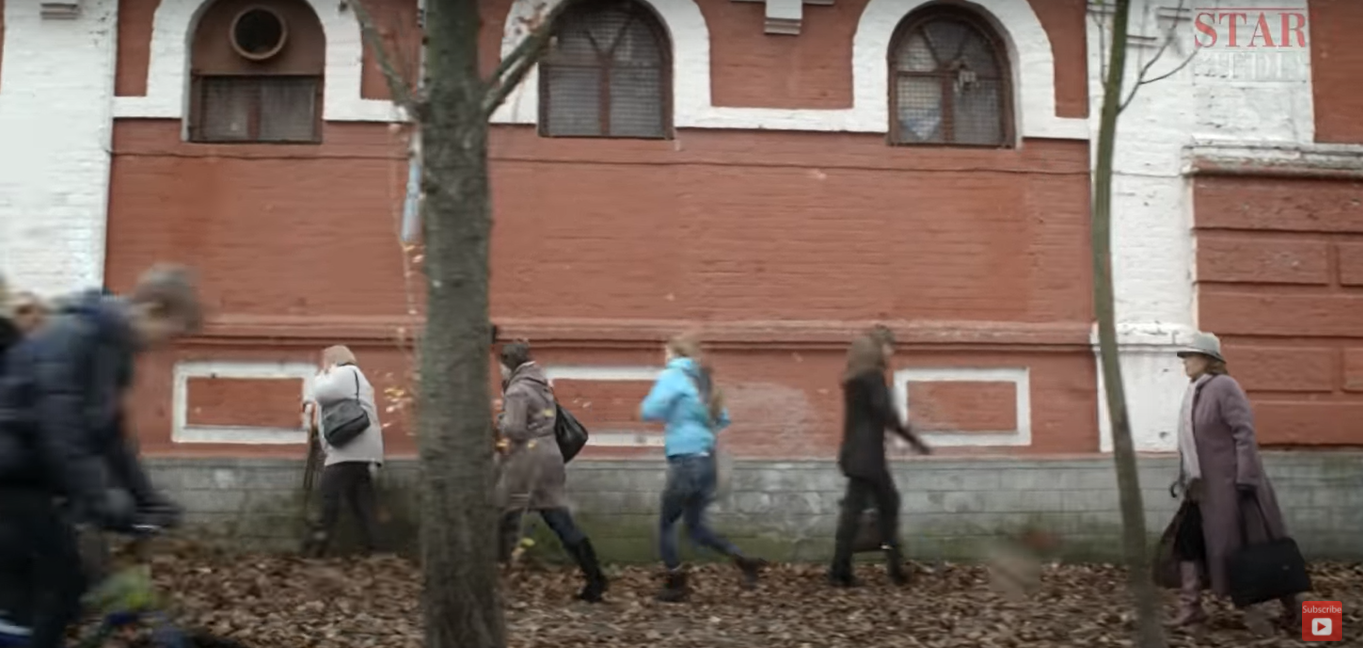
The first thing I noticed was that the weather was very similar to the weather in New Jersey. It was autumn and the clothing of the characters and surrounding landscape had a very similar to this area. The surrounding buildings had a grandiose but worn down look. The architecture was not completely familiar, but there were large semi-abandoned industrial areas that were reminiscent of many urban areas in the U.S.

Outside of the language, the characters did not seem to be much different than people in the U.S. The relationship between the protagonist and her grandfather was no different than you would see in an American movie or TV show. Her boyfriends mother, while not seeming any different in personality, was the only character with more traditional Russian clothing, but aside from that, was not much different. The dynamic between her and her boss was also familiar. Unfortunately, we see people with money and power treating those under them poorly.
All in all, I found very few cultural differences outside of the language. It is interesting to see how similar we can be while being so far apart geographically.
Thanks for reading! If you like what you read (or don’t like what you read) let me know! @PatrickWCrowell
Communicating with Microsoft Forms
The world of learning being confined to the walls of a classroom is coming to an end and interactive software programs are the new frontier of education. Teachers are adapting to a newly connected world where we can share information instantly.
Microsoft Forms are a tool that can help us adapt to the modern world of education. Through Forms we can send out quizzes and surveys that help us evaluate both the performance of students and teachers, as well as the tools we use. Digital communication has become increasingly important and we need to teach our students how to be successful while using technology.
Microsoft Forms allows us to communicate with the specific people we need, while allowing for feedback and communication along the way.
In a world that is constantly evolving, it is our responsibility as teachers to keep up with the improvements in communication in order to properly educate our students and prepare them for the future.
Thanks for reading! If you like what you read (or don’t like what you read) let me know! @PatrickWCrowell
U.N. Department of Economic and Social Affairs
The United Nations Department of Economic and Social Affairs works toward solutions for Sustainable Development around the world. Today, I would like to focus on one specific goal; Peace, Justice and Strong Institutions.
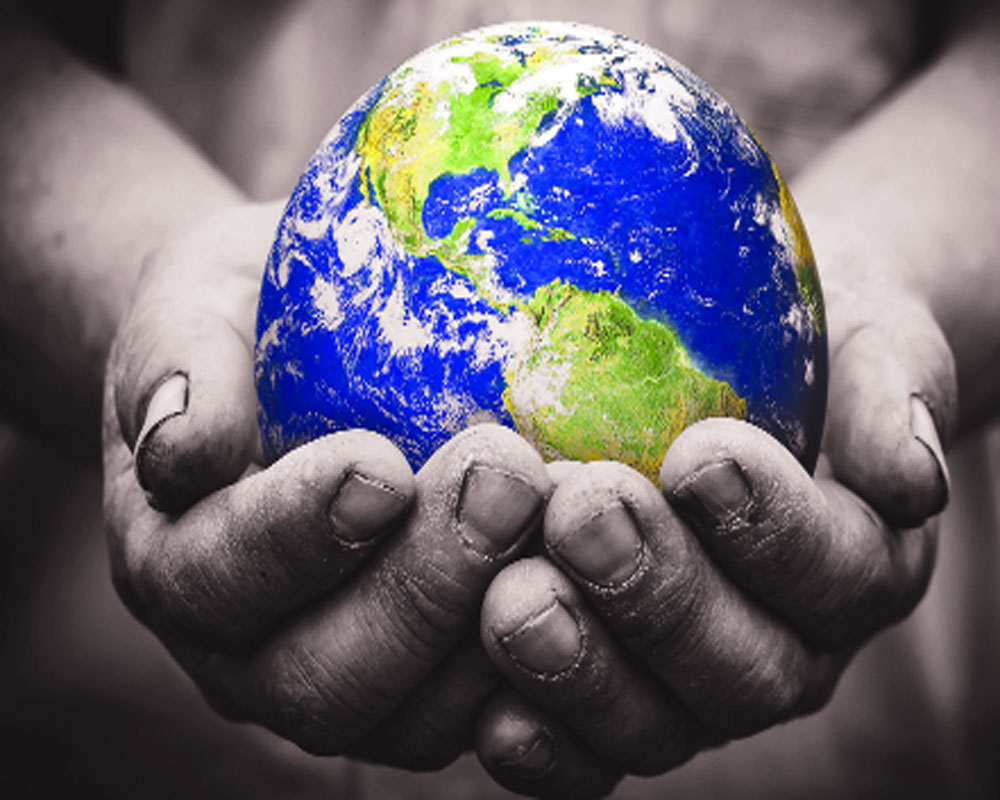
The stated goal is to “Promote peaceful and inclusive societies for sustainable development, provide access to justice for all and build effective, accountable and inclusive institutions at all levels.” This is increasingly important as we continue to move towards an economic and political system that has become globalized. We must no longer distinguish between oppression within our borders and oppression internationally.
Systemic inequality has caused concerning statistics about peace and justice, globally. Lower income countries can be up to five times as likely to have policy and legislation impacted by bribery. Since the beginning of the pandemic, other issues have increased at an alarming rate. Child Labor rates increased for the first time in two decades and the killing of human rights defenders increased close to 20% from 2019 to 2020.
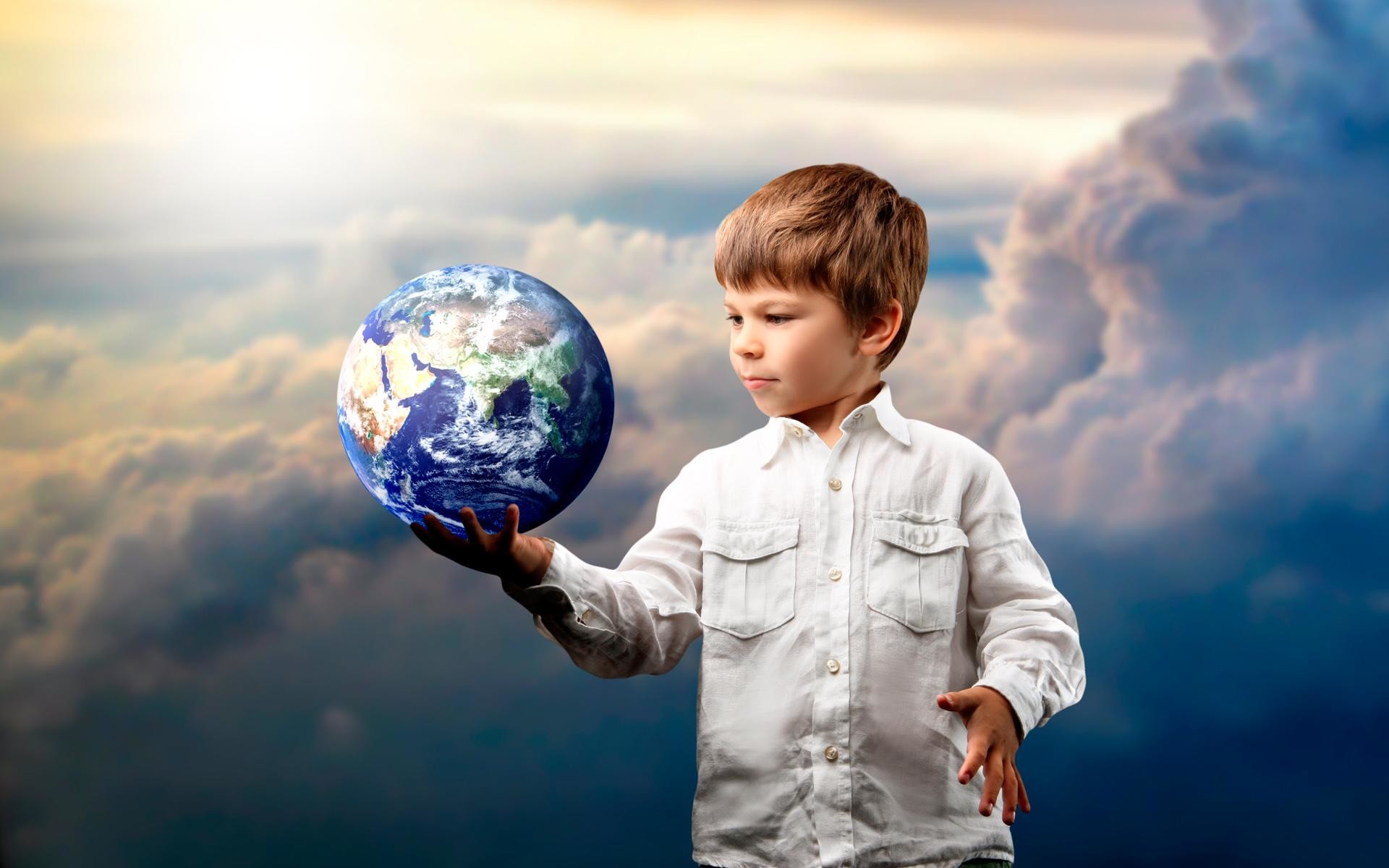
We are now at a critical point in modern society. The recent turmoil created by the Global Pandemic has caused the most significant setback to international peace and justice in more than a generation. The progress we have seen this century took a major blow, and we must re-commit ourselves in order to regain the ground lost in recent years.
To learn more about how YOU can get involved, check out the U.N. Website for more information.
Thanks for reading! If you like what you read (or don’t like what you read) let me know! @PatrickWCrowell
Create a Community Through Blogging
In an increasingly digital world that is still dealing with the effects of a global pandemic, many trends toward virtual learning and internet reliance became necessities. The world of education is always evolving and no greater changes have been seen than those over the past few school years. Our views on traditional and modern learning have fundamentally changed.
I can personally attest to the value of blogging as an academic tool. I have done very little blogging prior to this year, but I can already see improvement in my technological skills.

It has also provided me with an expanded perspective on how we can interact as a learning community. With an increase in virtual learning and independent study, creating a fun challenge for students to use is more important than ever. The Student Blogging Challenge is a way to keep students engaged, allow their work to be personal and create a community that would not otherwise exist.
Thanks for reading! If you like what you read (or don’t like what you read) let me know! @PatrickWCrowell
Connecting the World with Microsoft Teams
In the past few years, the educational landscape has shifted dramatically. While trends toward technology as a tool for learning were increasing over the past decade, the pandemic created an instant need for change. Virtual learning is a reality for most students, and as in-person learning resumes, we cannot forget the lessons we have learned along the way.
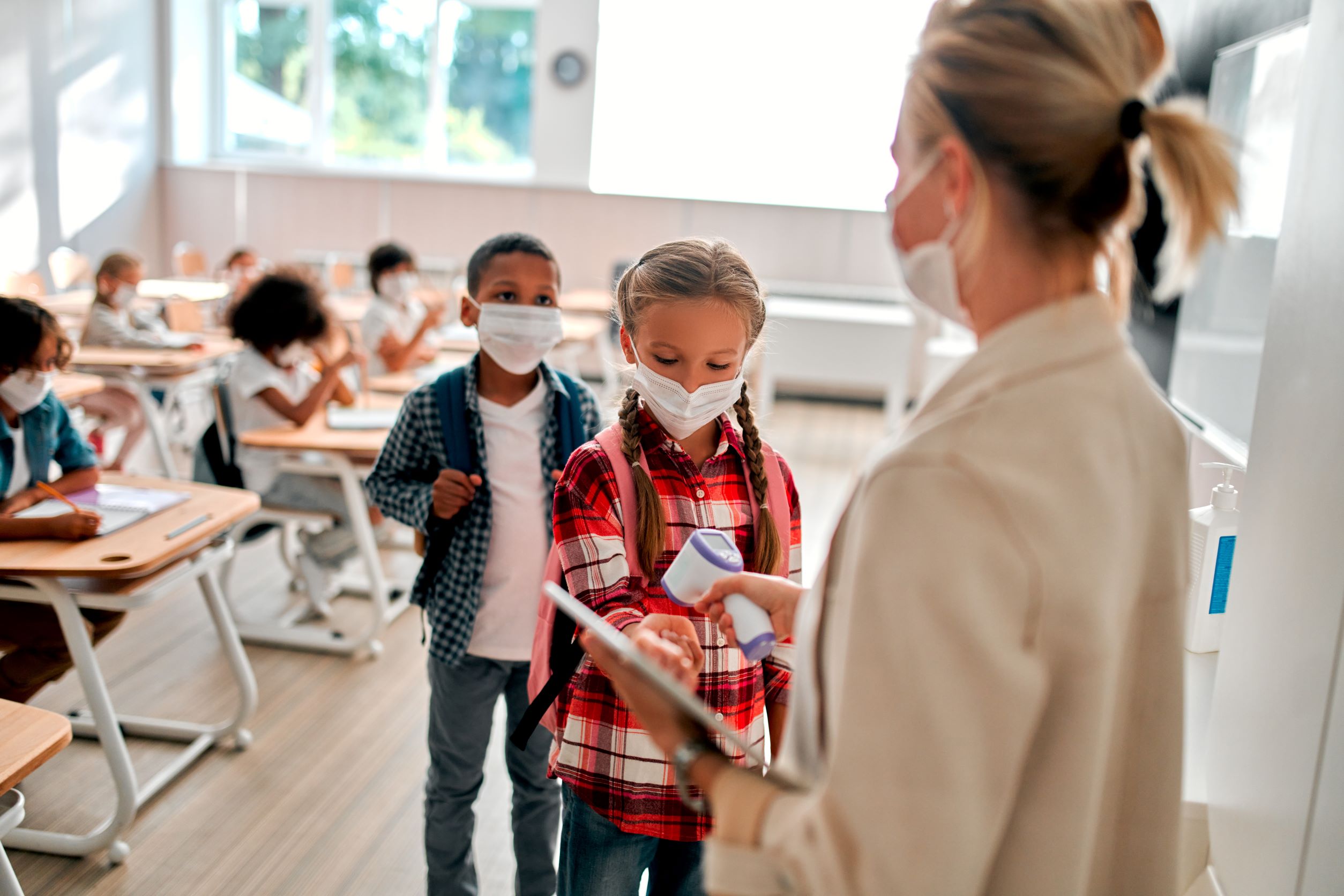
There are countless ways that educators have used to make virtual learning exciting for their students. Different platforms have allowed students to work together through many of Microsoft’s tools. Video connections, as well as discussion posts and feedback, create a sense of community where students and teachers can connect and work with one another.
It is important to remember that the world is still not quite back to the way it used to be, and it may never be the same again. We need to take the lessons we learned with us moving forward; keep collaborating online and keep making connections around the globe.
Education is a process that never stops. It is not confined to the classroom. If we continue to reach out; there is no end to what we can learn and experience.
Thanks for reading! If you like what you read (or don’t like what you read) let me know! @PatrickWCrowell

Recent Comments